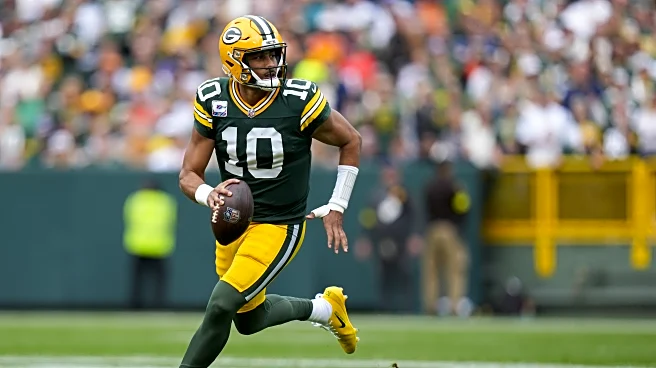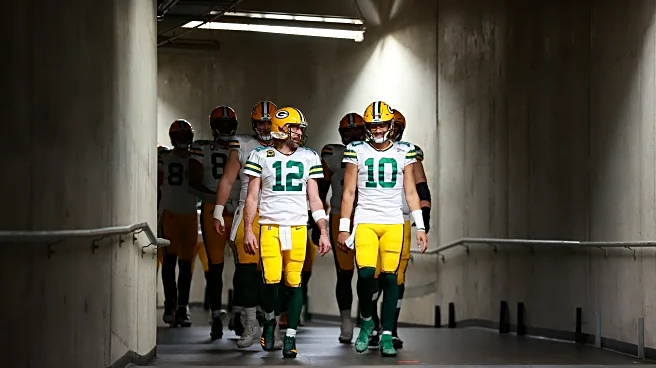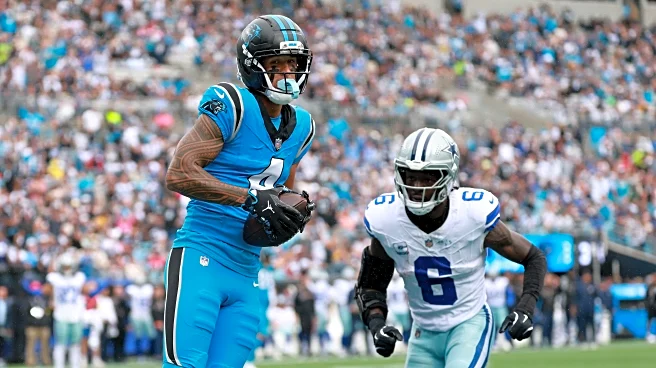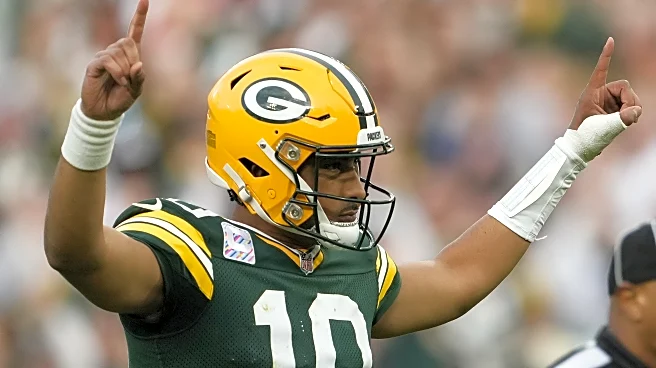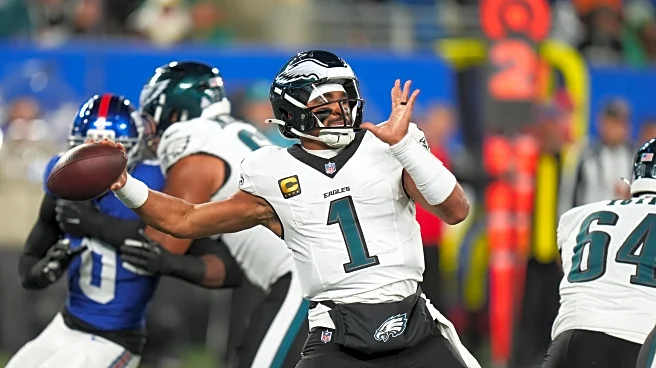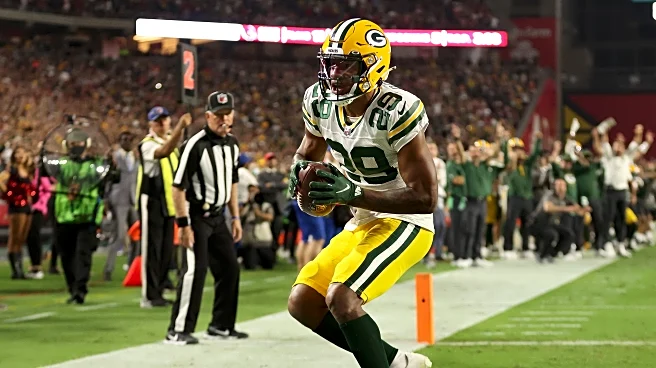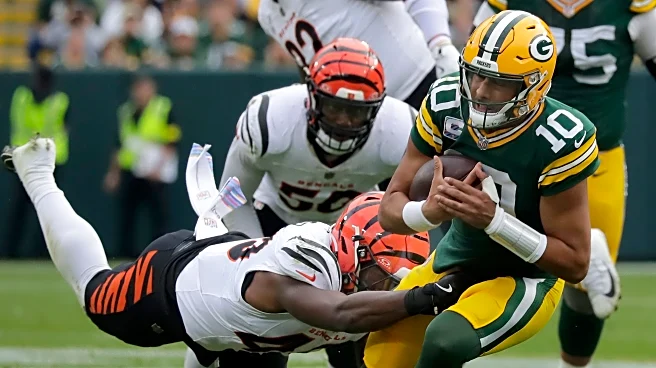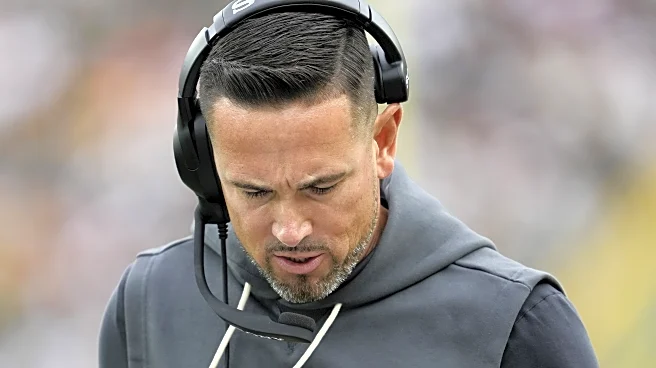Our Paul Noonan recently wrote a good and, I think, important piece about Jordan Love. You should go read it yourself, obviously, but in short, the takeaway is this: Love is an efficient, effective quarterback
whose volume stats take a hit because of the way the Packers run their offense.
This section, in particular, jumped out to me:
The Packers moved slowly under Rodgers in terms of pace of play, but they are glacial under Love, and while Rodgers was happy to check out of a run to a pass, Love is happy, for better or worse, to stick with run calls, leading to more running plays, and shorter overall games.
I don’t think we often consider pace of play — that is, how many plays a team runs in a given game — when we’re talking about an offense, but it’s absolutely a factor. For obvious reasons, the more plays you run, the better chance you have of putting up huge counting stats.
There are all kinds of reasons you might run more or fewer plays in a given game, and I’m not here to talk about why it is the Packers might do that, or whether or not it’s a good thing. But here’s the bottom line: the Packers are running fewer and fewer plays on average each year under Matt LaFleur.
Using data going back to 2012, here is the average number of plays the Packers have run in every game, including the postseason.

It’s not a huge decline, year over year, but it’s definitely a downward trend. The Packers are running fewer plays a given game now than they were in the mid to late Mike McCarthy era. And don’t be fooled by the uptick in 2025; that’s skewed by the 83 plays the Packers ran in their tie game with the Dallas Cowboys. Outside of that game, the Packers are averaging a mere 60.5 plays per game.
Here’s a full accounting of the snaps they’ve run in every game, regular season and postseason, dating back to 2012.

Now, again, this shouldn’t be taken as a value judgement. You can be a good offense running 55 plays a game and a bad one running 80 a game. But within the context of how the Packers’ offense has evolved, they are clearly running fewer plays per game.
In addition, Love’s contributions are making up a smaller part of those plays, too. Some quick math shows that Love has far fewer chances to make plays with the ball than his predecessor. This isn’t a foolproof calculation (it doesn’t account for scrambles or kneeldowns, for instance), but by adding pass attempts and sacks and comparing them to the number of rushing attempts in the same time frame, we can get a decent idea of how much of the offense a team is trusting to its quarterback. Here’s the run/pass+sack breakdown for every Packers season since 2012 (regular-season only).

Here, again, we see that the offense has skewed much more toward the ground game than passing over the past couple of seasons. Matt LaFleur wants to be a running team, and the Packers’ playcalling reflects that.
Maybe this is the best way for the Packers to construct their offense, and maybe it isn’t. But it’s clear from looking at the data that the Packers are moving more slowly on offense, and their offense is much less likely to showcase the quarterback here in the Jordan Love era than it was when Aaron Rodgers was calling the shots.
